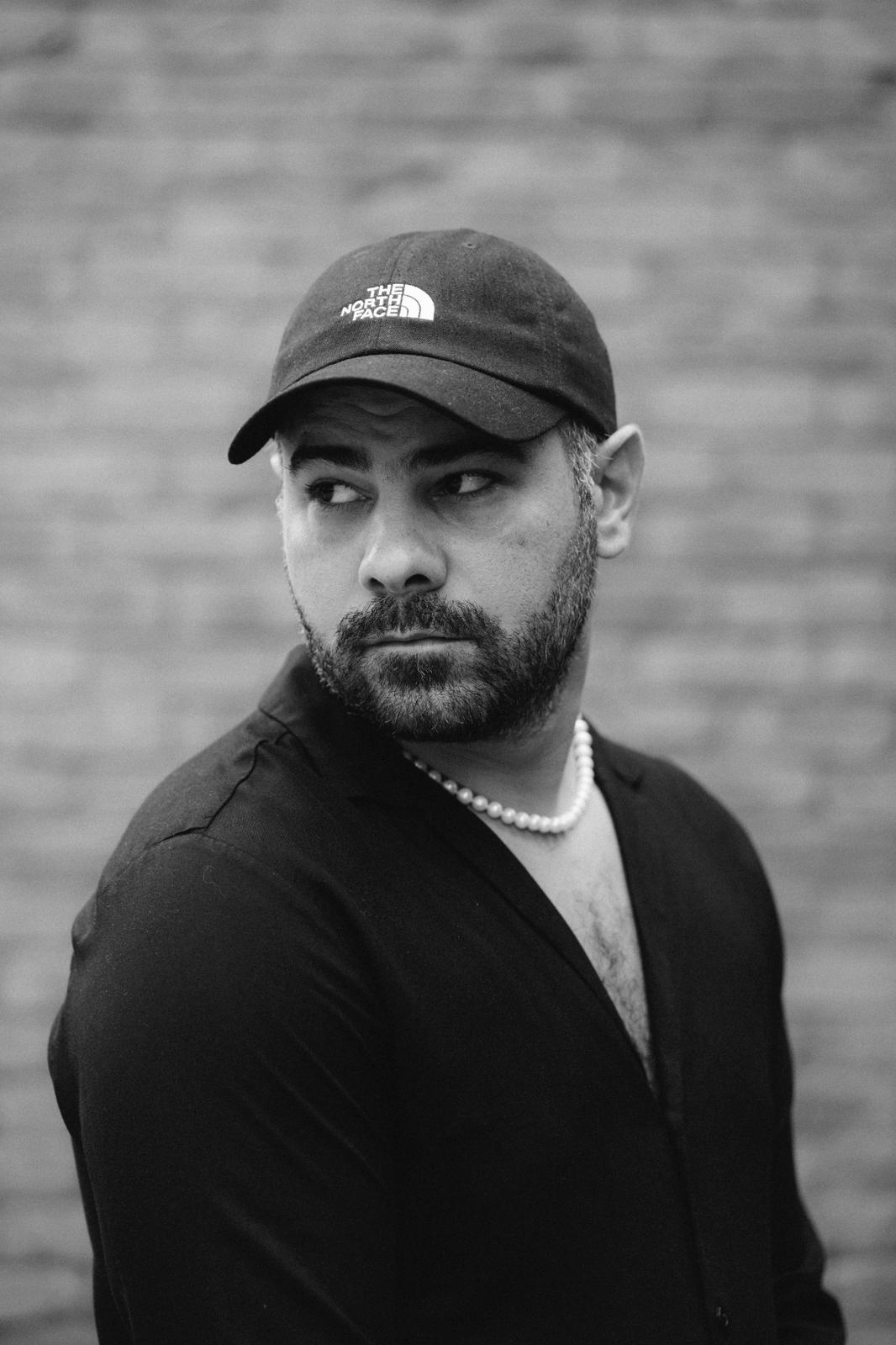
Eugen Jebeleanu’s creative journey began in theatre and has expanded powerfully into the world of cinema. After making a powerful cinematic debut with “Poppy Field” (2021) and following it up with the recently premiered “Internal Zero” (2025), Eugen is now developing his third feature, “The Price of Gold”, with microFILM. In our interview, Eugen reflects on adapting personal memory into fiction, bridging theatre and film, and why “The Price of Gold” is his most personal project yet.
How has your experience as a theatre director influenced your approach to filmmaking, particularly in balancing realism with dramatic storytelling?
Most of my references come from theatre. I think all my work is influenced by my background in this field but what I am trying today is to create a bridge between these two disciplines in order to find how one can support the other. Like Fassbinder said: “I make films like theatre shows and the other way around”. Playing with conventions is so rich in theatre and I like to transfer these working tools to cinema.
You’ve directed both queer theatre and film. What are the unique challenges of telling LGBTQ+ stories in these two different mediums?
I am a gay director, and I always thought that I am responsible as an artist and citizen to speak about this topic. It is my main fight in my everyday life, standing up for the equality and rights for the LGBTQ+ community. Even more, Romania is a country that needs those stories, they were invisible for so many years. So, I don’t take it as a challenge but as a necessity. I am who I am, and I want to give a voice to people like me, minorities, vulnerable persons bullied by society.
What motivated you to adapt “The Price of Gold” from stage to screen? Was this always the plan? And how did the story evolve in the process?
I’ve always wanted to, one day, make a film about competitive dance. I didn’t know that the story will be influenced by my own past, but I was interested in this sport, not very well known, and to tell the struggle of a young character grappling with the pressure of the competition world. The story is quite similar with the stage version in the biographical dramaturgy but not at all in the form. The theatre play is a testimonial, and the film is a fiction placed in the recent history of Romania, with a realistic representation of the story. In both versions, I kept the structure with 10 chapters inspired by the 10 dances of this discipline.
This is your first time writing a screenplay, and it is one of your most personal works. How has writing yourself, rather than collaborating with a screenwriter, shaped your approach to storytelling?
I don’t consider myself a writer but this time, as it’s a very personal project, I felt that this is the right way to do it. I prefer working with authors and screenwriters because they give me the possibility to make my own projection on their stories, but for “The Price of Gold” I wanted to search the characters, the dialogues, the feelings of that childhood in my own life experience. I found that process more honest and it gave to me this opportunity to freely imagine the film through the eyes of the child I was.
Casting “The Price of Gold” is surely a complex process: not only is it an autobiographical story, but it also spans multiple time periods. How are you approaching the task of finding actors who can authentically portray these roles at different ages?
It will definitely be tough to find the main actors for the boys. I will start by searching for professional dancers who can play the character. The story is split into two parts as two periods, the 90’s and early 2000s, inspired by the two sections in competitive dance: ballroom and Latino. I can’t wait to start the casting because I am sure it will bring to the project the humanity I want for this fiction.